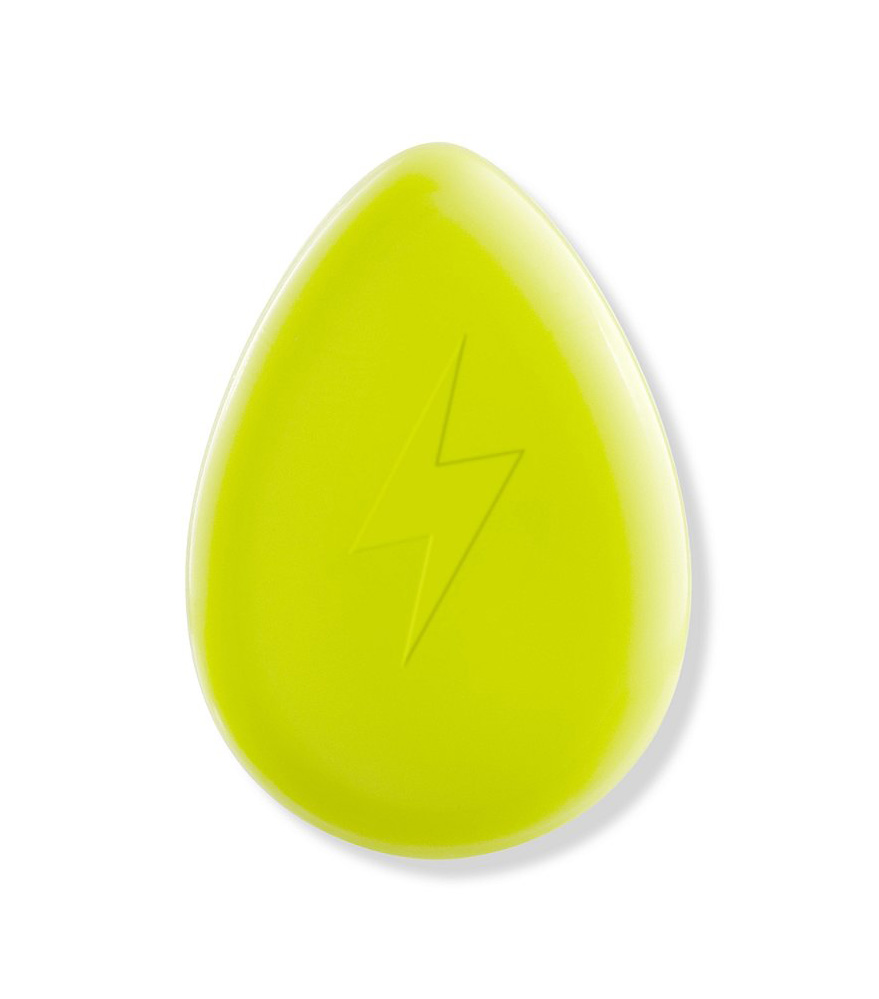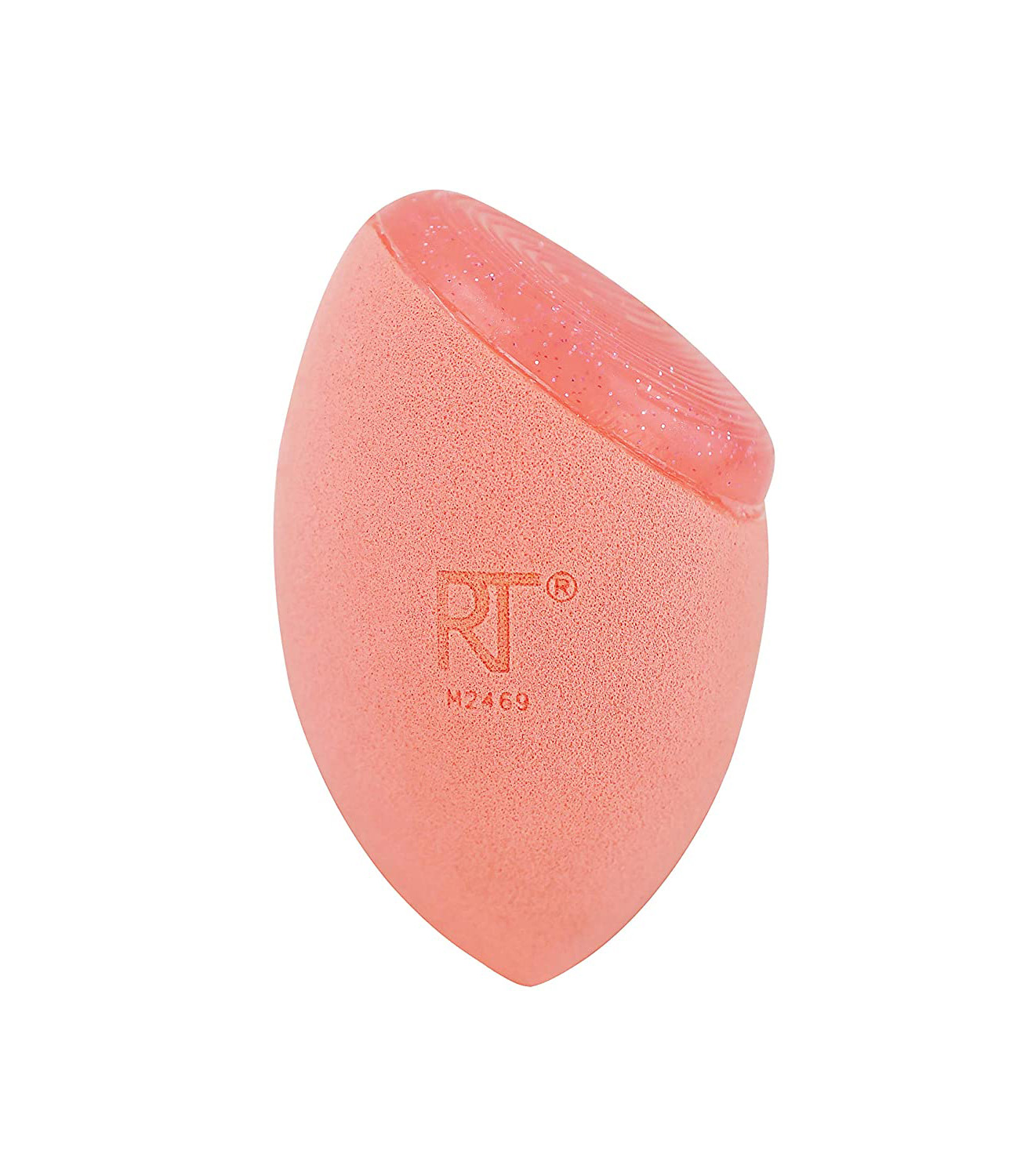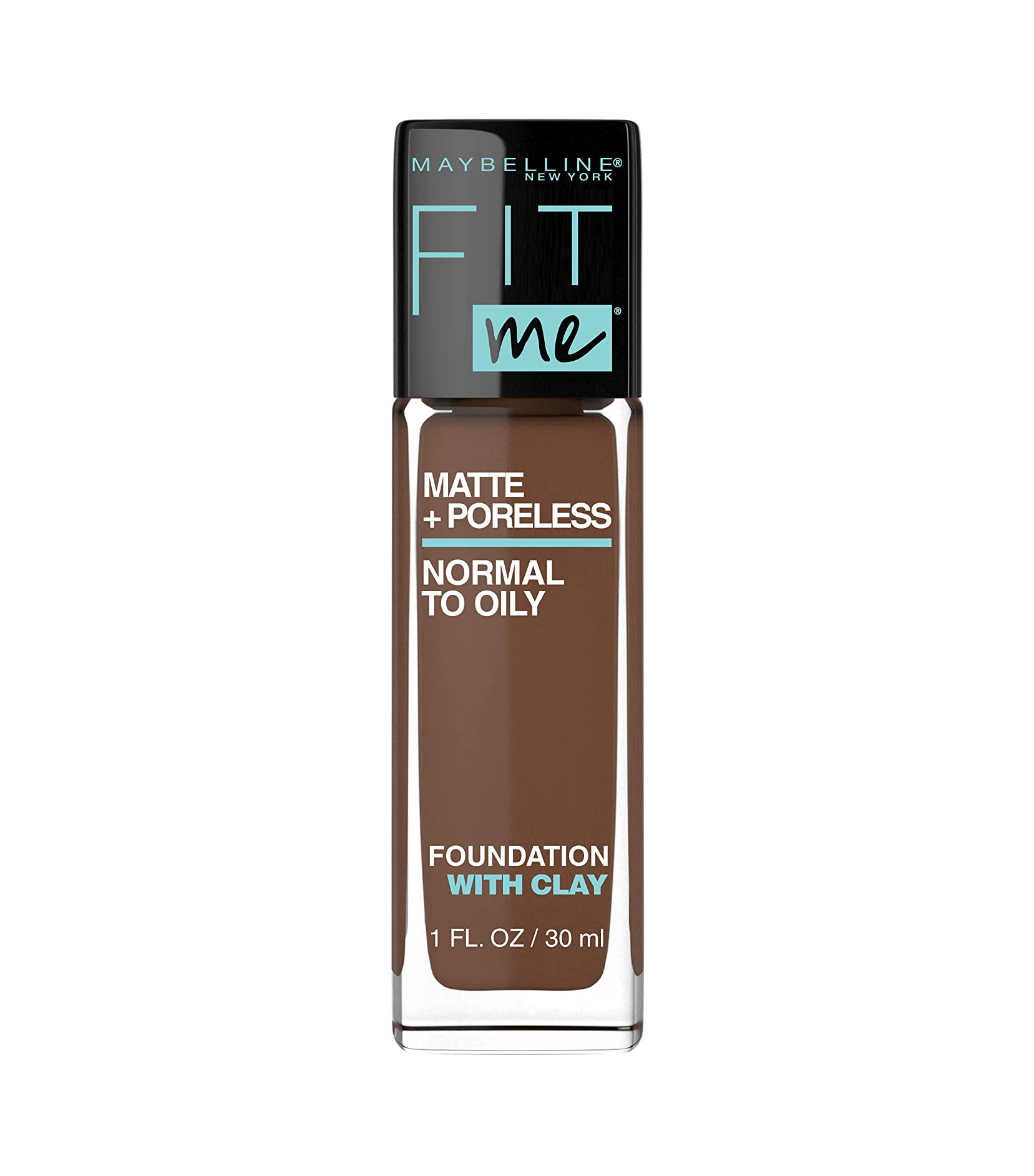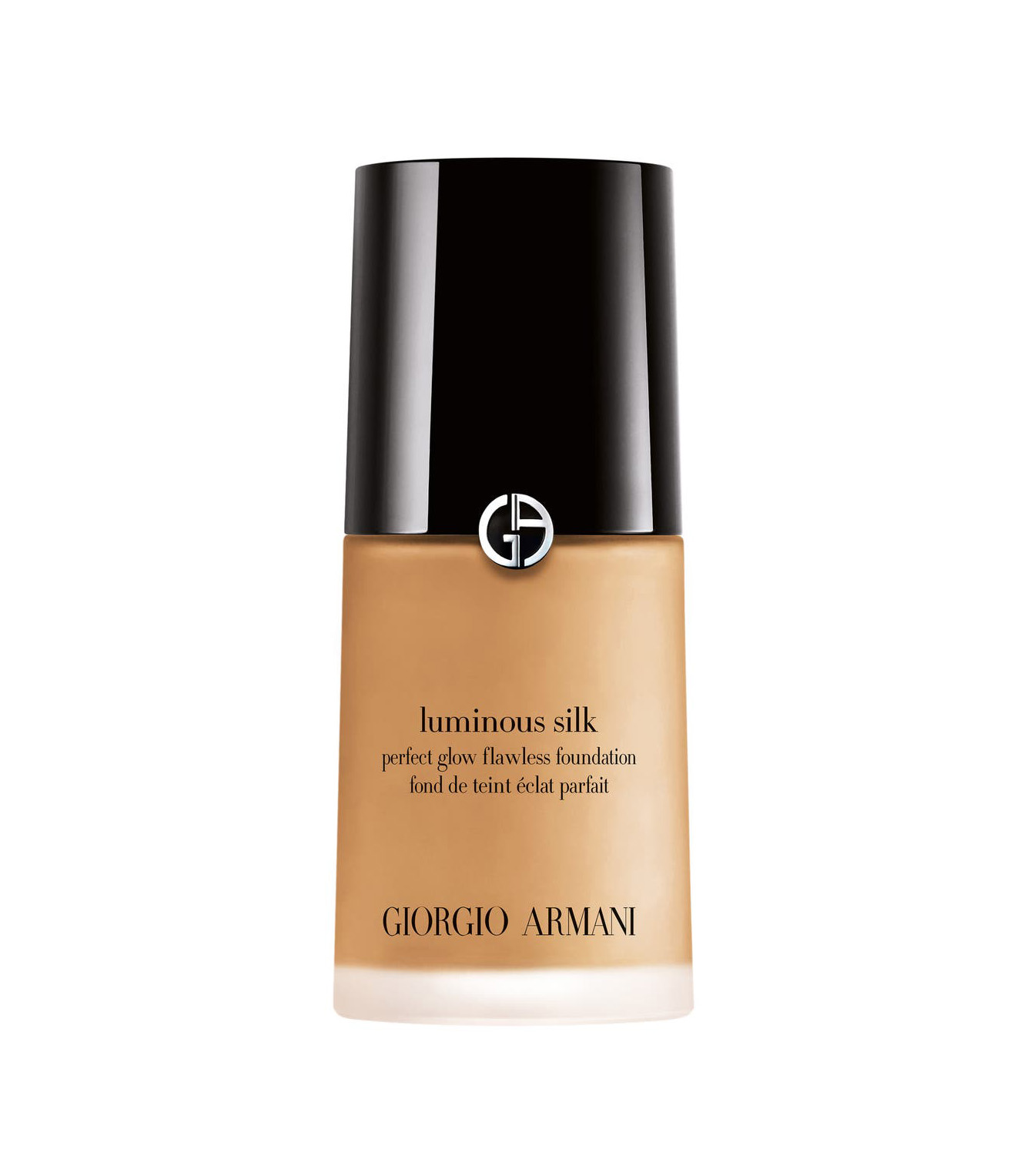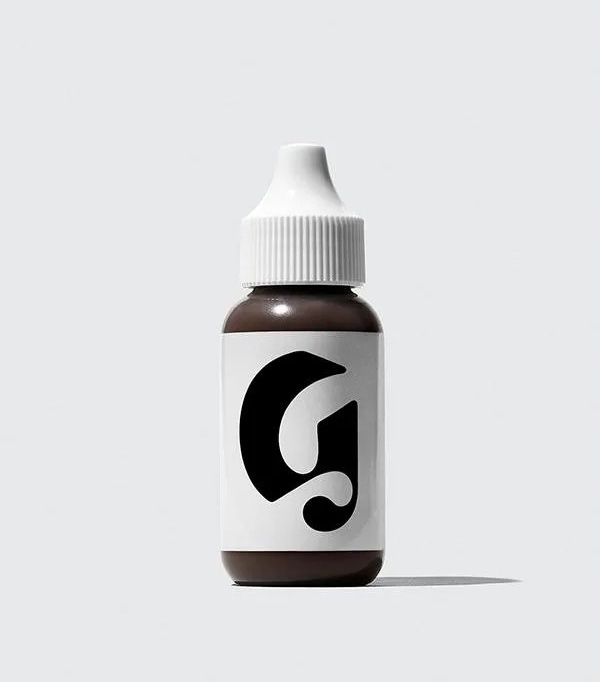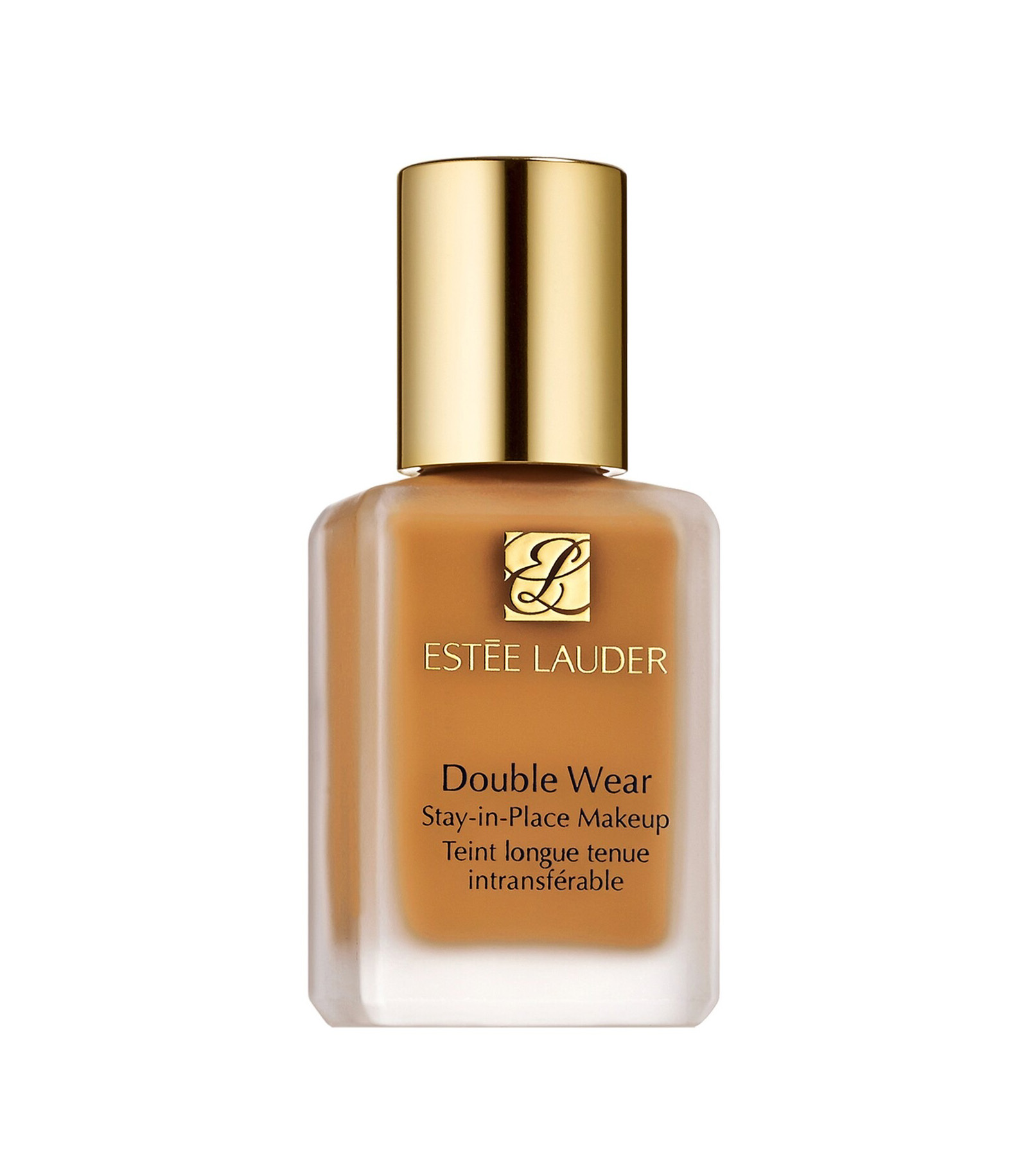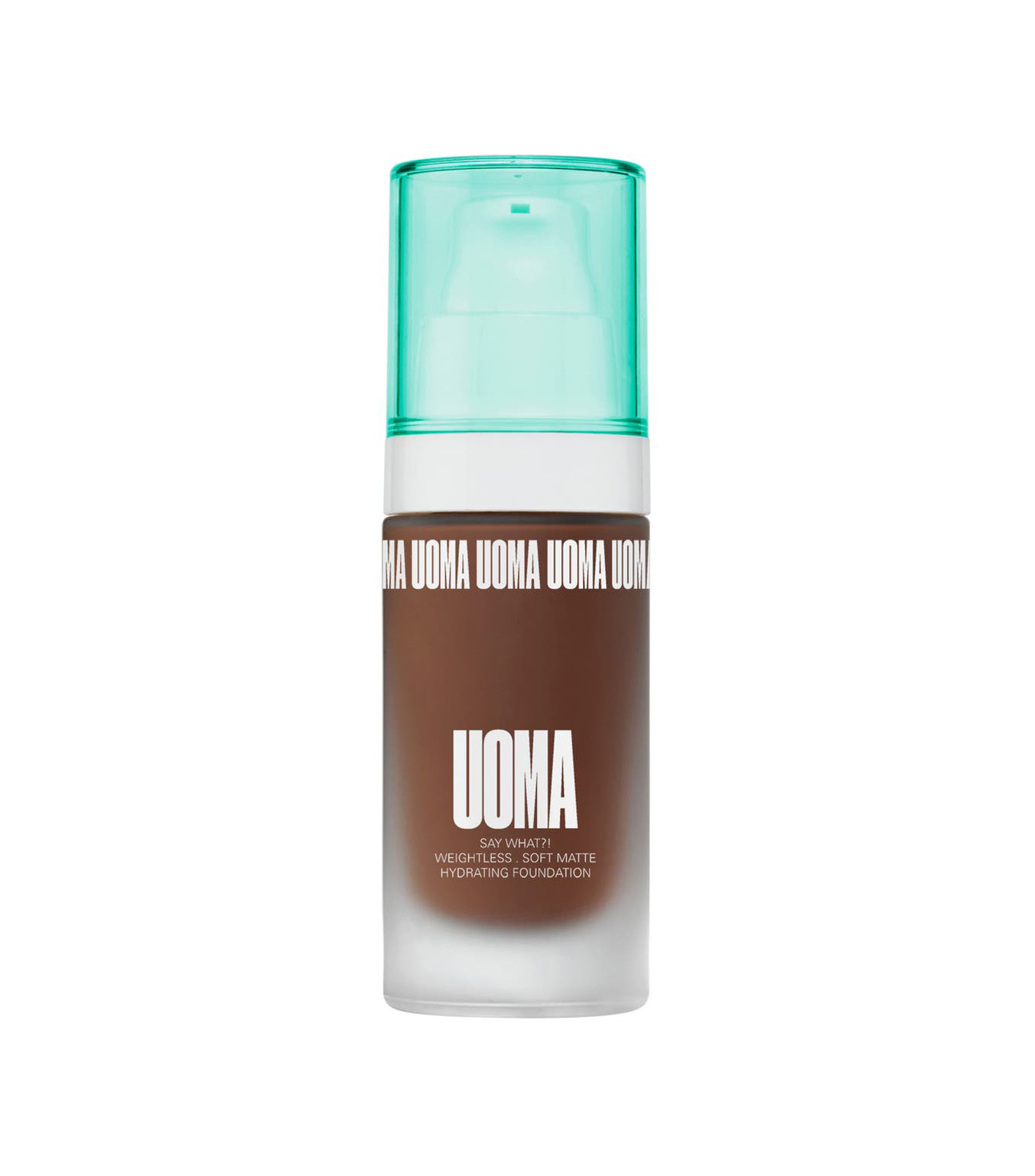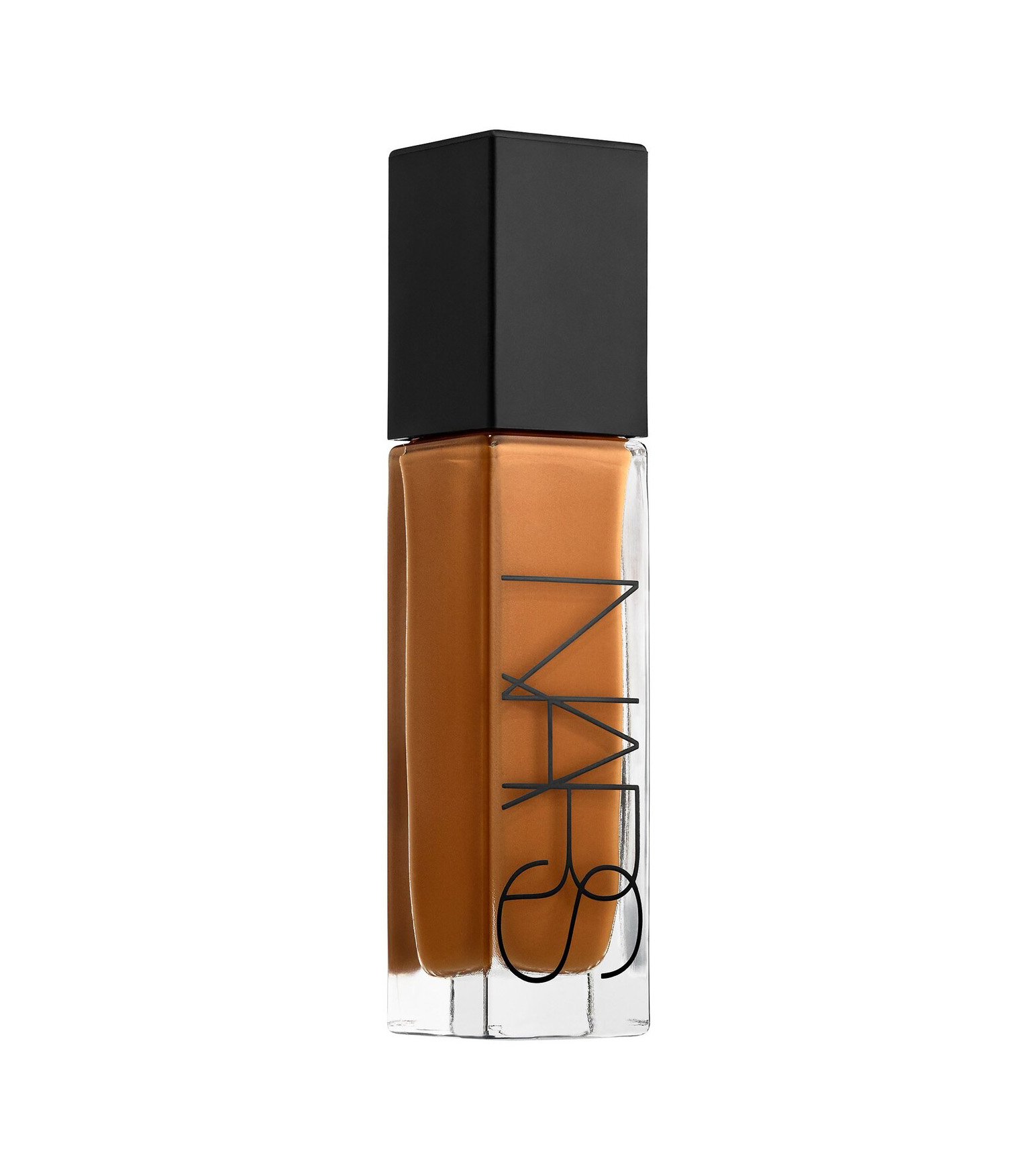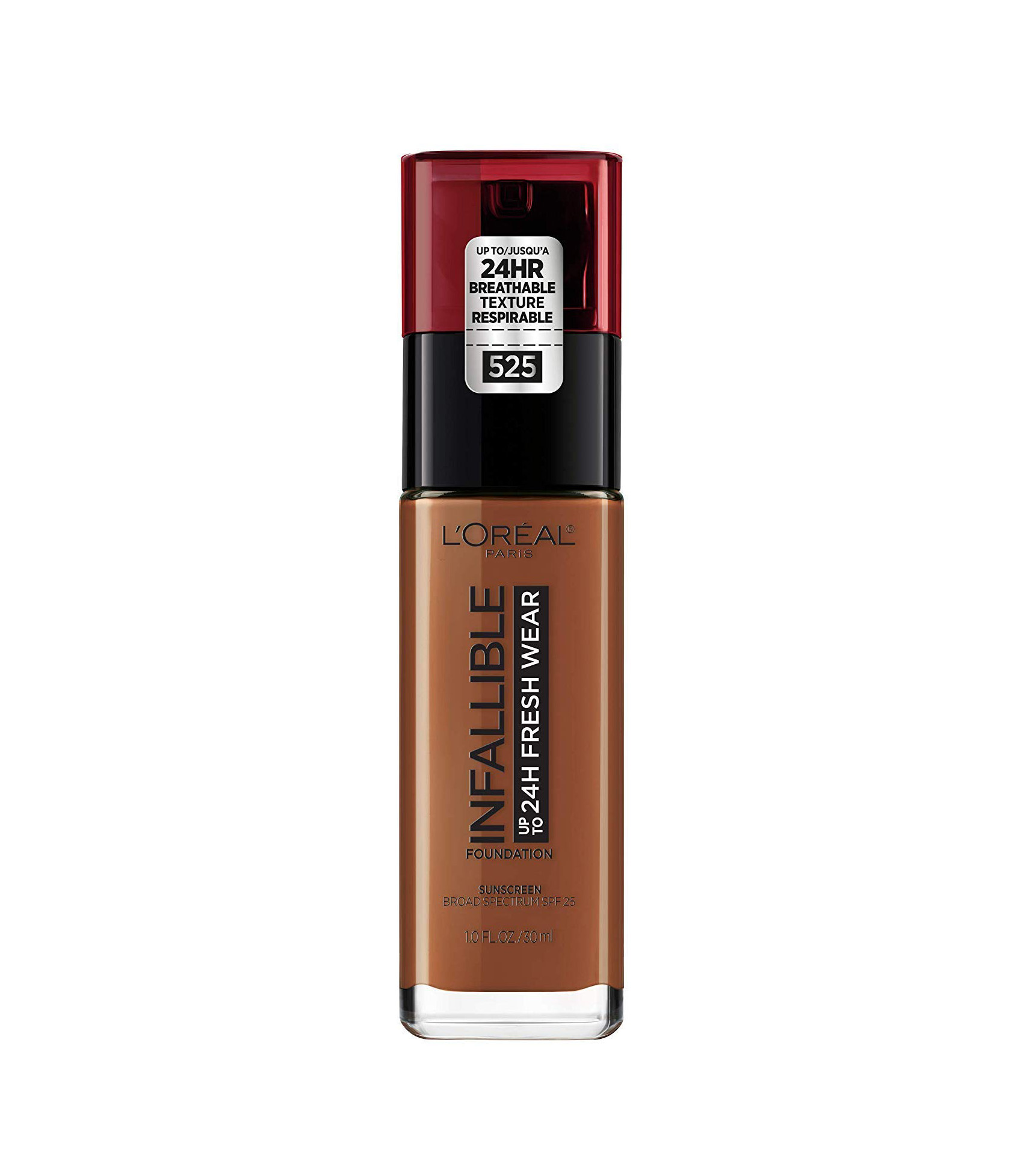I Tried This Controversial Makeup Sponge—Here Are My Honest Thoughts
Silicone makeup sponges have been a buzzy and controversial makeup tool since around 2016 when they first went viral. I've always been intrigued by them but stuck to my normal sponges and brushes when it came to applying makeup. So when the topic came up for a story, I decided to put on my investigative-journalism hat and give the viral sponges a try.
I started asking makeup artists for their thoughts on the sponges and any application tips, but I guess I was living under a rock for the past six years. To my surprise, I found out that a lot of them didn't have anything to say about these sponges because they didn't like using them. It was turning out to be an interesting story already.
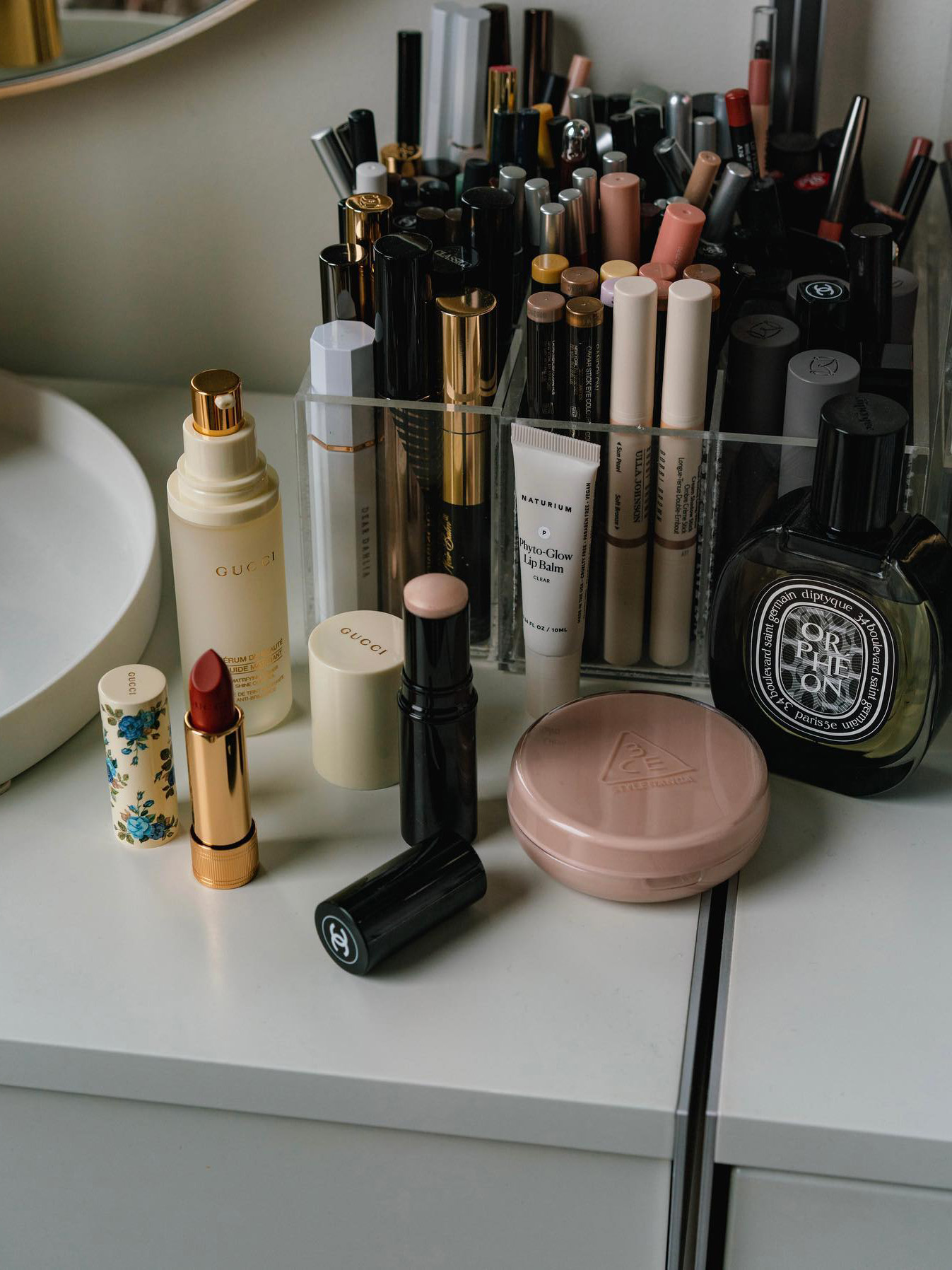
So after my dead-end searches for makeup artists who actually used the sponges, I changed course and decided to find some to try out myself. After browsing, I decided to test out E.l.f.'s Dual-Sided Silicone Blender, which was kind of like the best of both worlds. It has a silicone side and a flocked side for blending. I was also able to get in touch with E.l.f.'s senior manager of education and artistry, Anna Bynum, who offered to share her thoughts.
Pros and Cons of Silicone Makeup Sponges
First, I asked Bynum what the pros and cons were. "The benefit of using a silicone sponge is that you can apply the product without it absorbing into the sponge, which helps with not wasting product. Silicone sponges can be easier to clean," Bynum explained. "Another benefit is that a makeup sponge made of silicone is more durable and longer-lasting than traditional makeup sponges made from polyurethane foam. For example, E.l.f.'s Angled Silicone Sponge also has the polyurethane foam and is dipped with silicone on the bottom."
As for the cons, Bynum said that a silicone sponge can make it more difficult to blend. "This is why our silicone sponges are hybrids and serve dual purposes—apply and blend using the different sides of the Angled Silicone Face Sponge and Dual-Sided Silicone Blender," she said. Bynum recommended not putting too much makeup on the sponge to make it easier to blend in the product.
My Review
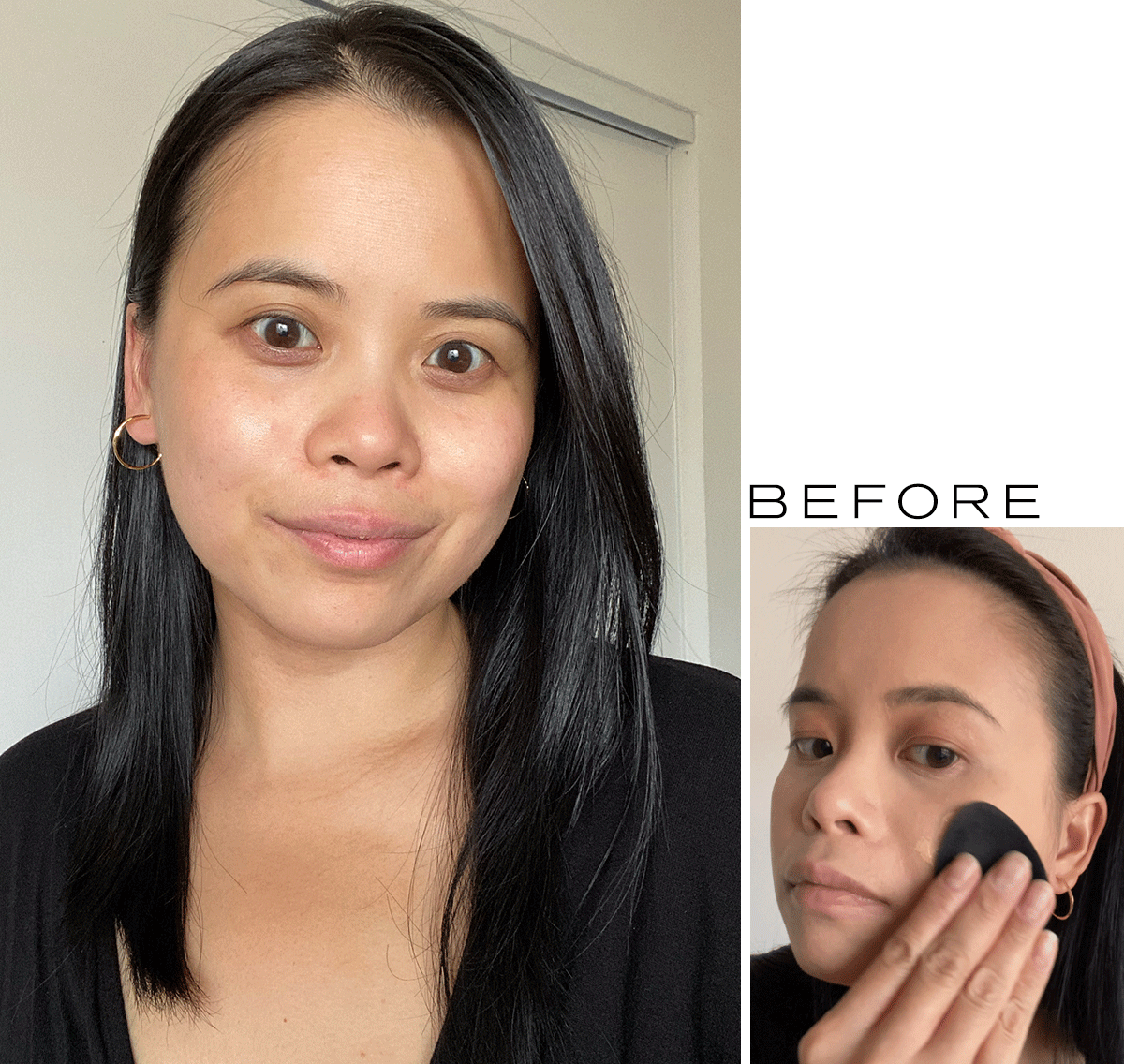
Now, it was the moment of truth—time to apply. Many people recommended putting a small amount of foundation onto the sponge and then applying in circular motions, so I did just that. It felt weird at first, and I think the silicone texture really threw me for a loop since, of course, I'm used to bristles and regular sponges.
As Bynum mentioned, I found it was really hard to blend because it felt slippery, and my foundation felt like it was just moving across my face rather than sinking in and staying put. It was also tough to evenly spread it on my face, but as I got better at doing the circular motions, I started to get the hang of it. Circular motions are key! After many rounds of circular motions, I realized that was going to be as good as it gets, so I used my hands to pat any excess in. Plus, the dual-sided features of E.l.f.'s sponge made it easier—I used the flocked backing to blend everything evenly.
While the silicone sponge was a bit difficult for me to use (especially since it was my first time!), I found that I used less product compared to if I used a regular sponge or brush. A little bit goes a long way, especially since it helps the product glide onto the skin. And I love that it's so easy to clean.

Overall, it's not my favorite way to apply makeup. But again, I think the flocked backing on the E.l.f. sponge was clutch for application because I got the benefits of a silicone sponge, but I also was able to blend in my foundation seamlessly. Without it, I think I'd have a tough time getting an even finish with a sponge that was pure silicone. And if I do use one of these again, I'll probably apply the foundation onto my face first in dots and then use the sponge to glide and blend the makeup. As for the end result, I felt the makeup was evenly applied, and it looked pretty smooth and flawless—but it did take a bit to get there!
Looking to experiment with a silicone sponge? Take a look at some other options below.
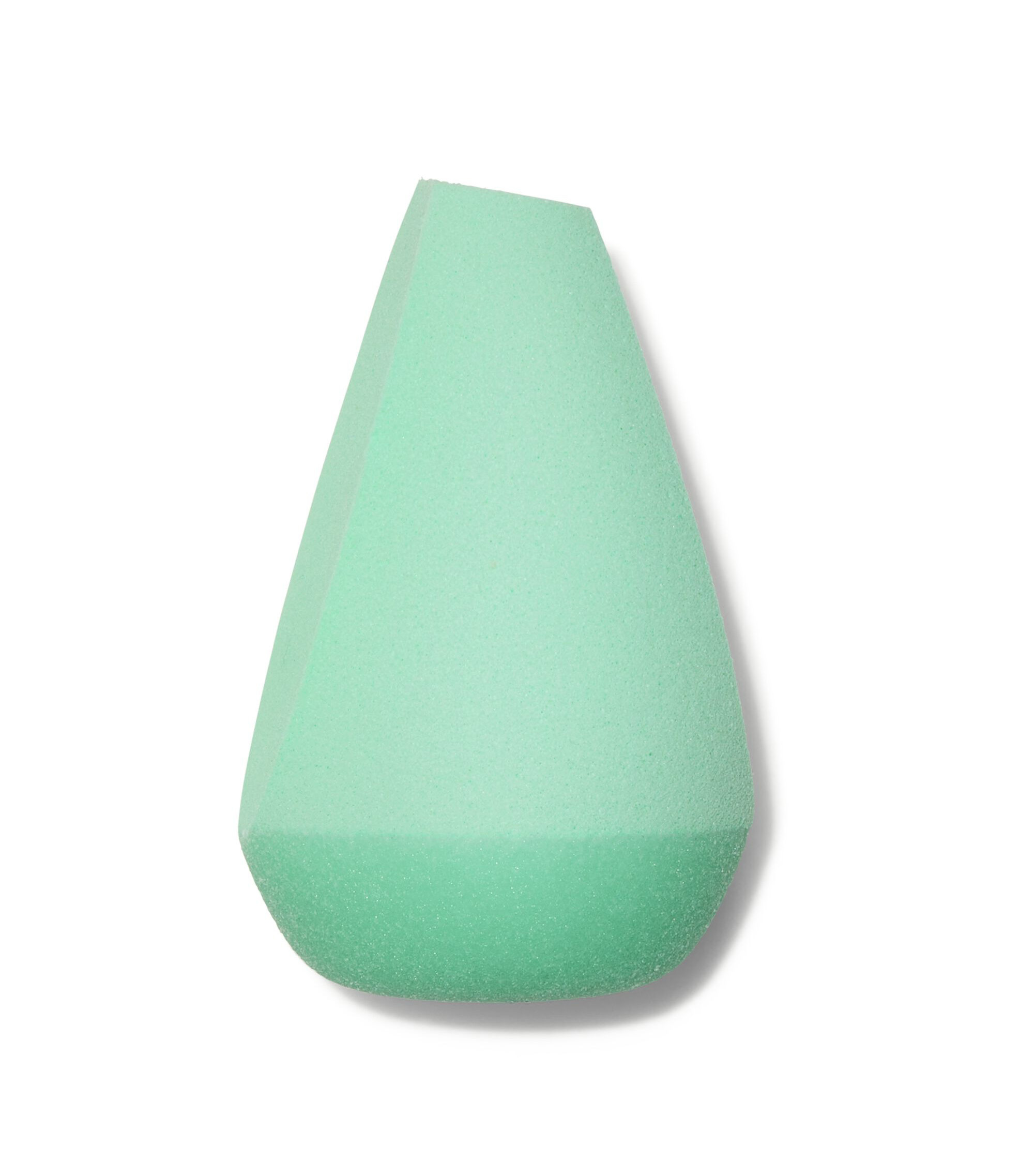
I'm going to try this sponge next since it's also a hybrid, and it's Bynum's recommendation. "My ultimate favorite sponge is our Angled Silicone Face Sponge. I always use it dampened to apply my foundation while blending with the angled sides for a smooth, skin-like application," she said. "I love using the tip to blend out my concealer and even apply powder to set my under-eyes and the sides of my nose. It's a definite must-have!"
Foundations I Love
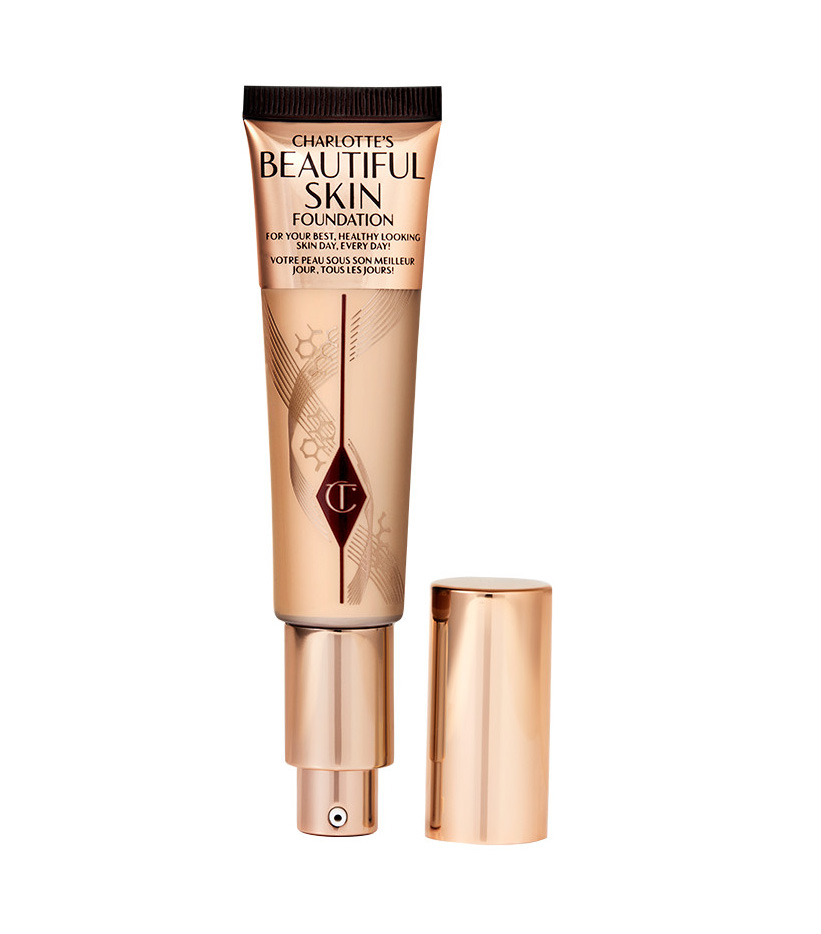
This is my current favorite foundation of the moment. I love the dewy, glowy finish it leaves and that it doesn't feel super heavy at all. I get compliments on how good my skin looks every time I wear it.
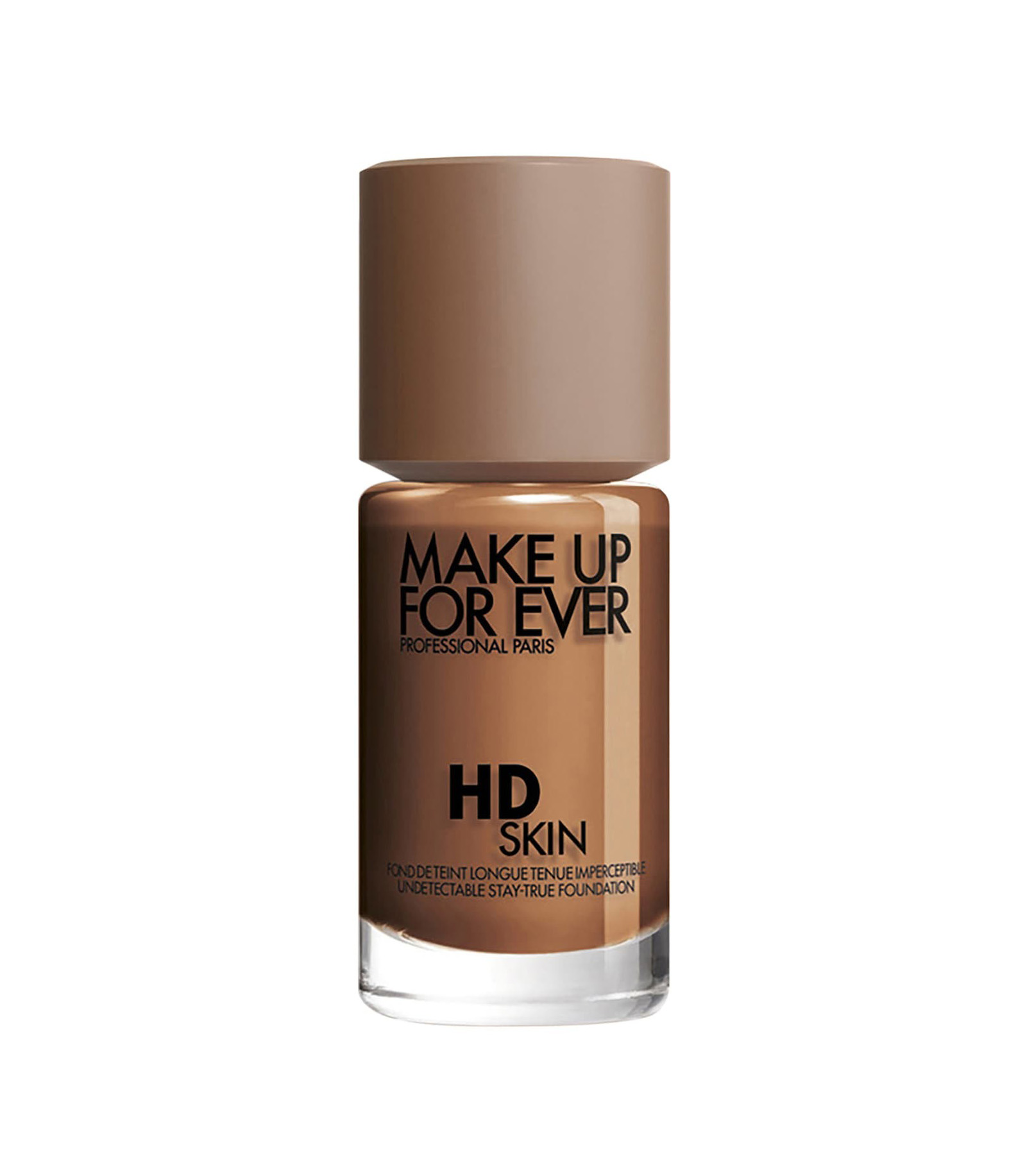
When our beauty team tried this buzzy foundation out, senior beauty editor Erin Jahns said, "It's so lightweight and almost feels more like a tinted moisturizer or serum than a medium-coverage foundation. It melts into the skin and blends effortlessly, and it truly does give your skin a blurred, lit-from-within look."
Next, BB Cream, CC Cream, and Foundation—How They're Different and Which to Choose
Sarah is lifestyle writer and editor with over 10 years of experience covering health and wellness, interior design, food, beauty, and tech. Born and raised in Los Angeles, she attended New York University and lived in New York for 12 years before returning to L.A. in 2019. In addition to her work at Who What Wear, she held editor roles at Apartment Therapy, Real Simple, House Beautiful, Elle Decor, and The Bump (sister site of The Knot). She has a passion for health and wellness, but she especially loves writing about mental health. Her self-care routine consists of five things: a good workout, “me” time on the regular, an intriguing book/podcast/playlist to unwind after a long day, naps, and decorating her home.


